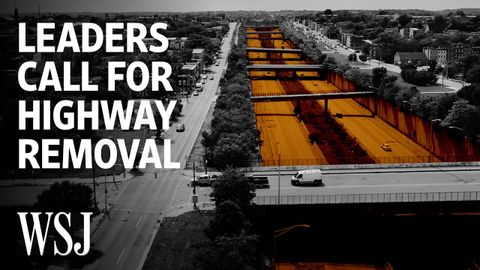
字幕與單字
为什么拜登的基础设施计划要求拆除公路(Why Biden’s Infrastructure Plan Calls for Highway Teardowns | WSJ)
00
joey joey 發佈於 2021 年 06 月 01 日收藏
影片單字
split
US /splɪt/
・
UK /splɪt/
- adj.分裂的;分離的;裂開的;(比賽)打成平局
- v.t./i.被劈開;被切開;撕裂;使分離;使不團結;分裂:劈開;(平均)分配
- n. (c./u.)分裂;分割;分裂
A2 初級中級英檢
更多 community
US /kəˈmjunɪti/
・
UK /kə'mju:nətɪ/
- n. (c./u.)社區;團體;社群意識;線上社群;(生態)群落;實務社群;歐盟
- adj.社區的;共同的
A2 初級中級英檢
更多 decline
US /dɪˈklaɪn/
・
UK /dɪ'klaɪn/
- v.i.彎曲至地面;傾斜
- v.t./i.下降; 減少
- n. (c./u.)品質、價格下降;衰退;詞形變化;斜坡
- v.t.拒絕;詞形變化
A2 初級多益中級英檢
更多 使用能量
解鎖所有單字
解鎖發音、解釋及篩選功能
